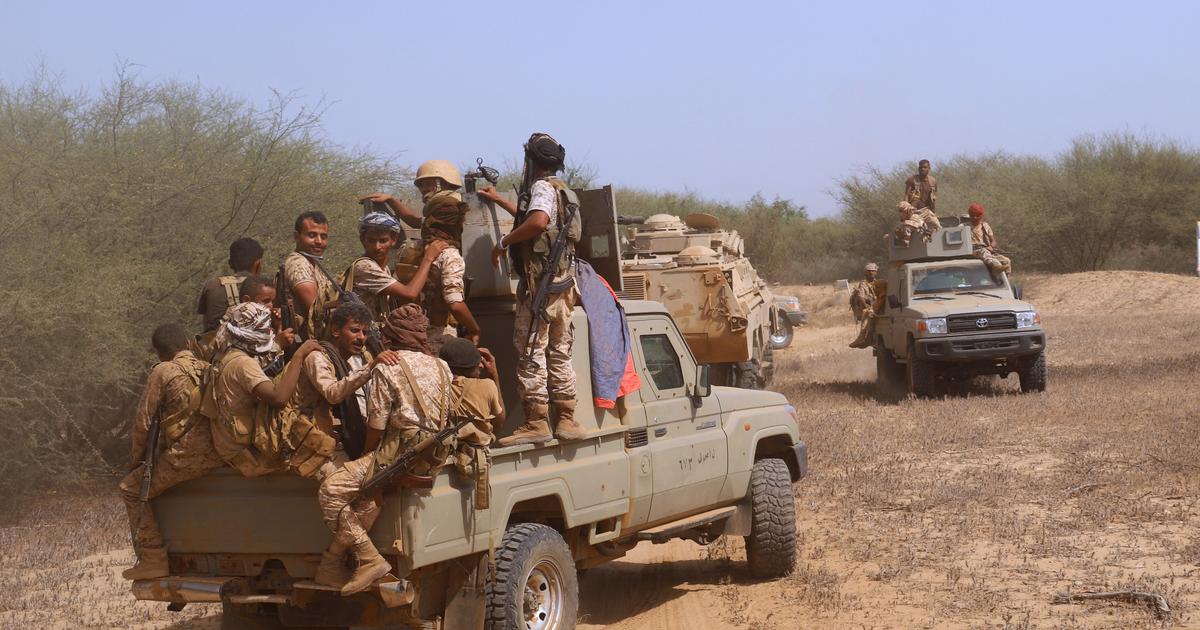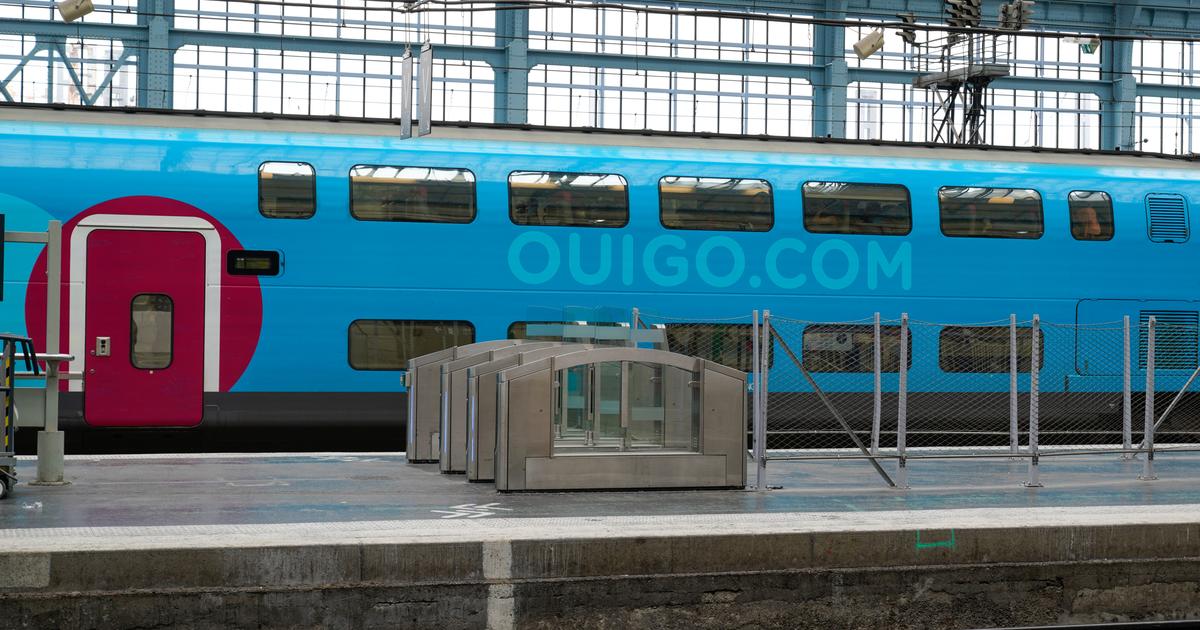The women in black who went to La Barranca (Lardero, La Rioja) to visit their relatives murdered in the Civil War. La Barranca
The Civil War lasted three and a half days in La Rioja.
Exactly 80 hours.
There were no armed confrontations because the territory was submitted to the national side in a heartbeat, but Franco's repressive machinery filled the walls of the cemeteries, the ditches of the roads and the ravines or vacant lots of many towns with corpses.
Recent studies put the number of people executed in this region without war at just over 2,000.
The Autonomous Parliament has recently approved the Law for the Recovery of Democratic Memory, which contemplates, among other mandates, the elaboration of a census of victims, the creation of a public DNA bank of the reprisals and extend to the institutes the study of what happened in La Rioja in the dark years of Francoism.
nothing ever happened here
(Editorial Ochoa) is a 975-page book by Jesús Vicente Aguirre González that recounts "everything that happened" in La Rioja after the 1936 coup: 2,000 people were killed (1% of the population at the time), the majority victims of sacks of prisoners;
50 were shot after war councils held between 1936 and 1945;
16 died in prison, and another 21 died in Spanish or Nazi hospitals and concentration camps.
Although there are still dead to be identified, Aguirre González explains to this newspaper that in La Rioja "much progress has been made for several years in clarifying the truth from the first exhumations carried out between 1978 and 1980."
The Riojan law of historical memory, he maintains, comes to "restore humanity to all the victims and their families,
The norm guarantees the right to know what happened in the period between the Civil War, the dictatorship and the democratic transition until the entry into force of the 1978 Constitution. It articulates measures to guarantee the rights to “know the history of the struggle of the people of La Rioja”, “investigate the acts of violence or persecution” and “full, effective, rapid and proportional reparation to the seriousness of the violation and the damage suffered”.
La Rioja has taken this step with a socialist government, in regional power since 2019 after 24 years of the PP's mandate.
Henar Moreno, IU parliamentarian and proponent of the law, believes that this "has come late due to the resistance of the right", but considers that its approval "is going to put us through the front door in history" and "will allow this community have a day of memory,
La Rioja is committed to drawing up a census of victims and missing persons, will promote the location of remains and mass graves by the Administration and plans to create a public DNA bank that will store the genetic profiles of all the victims and their families.
"The democratic memory will be included in the curriculum of Compulsory Secondary Education (ESO), Baccalaureate and Vocational Training, as an element to strengthen democratic and exemplary values," says article 38 of the law.
The regional government will proceed to update the curricular contents for ESO and Baccalaureate in the areas of Social Sciences, Geography and History “in order to guarantee that they offer truthful information,
extensive and up-to-date on the events of the past linked to the democratic memory of La Rioja”.
High school teachers are already receiving training on this subject, points out the writer Aguirre González, and school visits are being organized to the La Barranca memorial, a reference point for the democratic memory of La Rioja.
The historical memory law was approved on April 20 with the votes against the PP and Ciudadanos.
The popular parliamentarian Alfonso Domínguez opposed it because the law “is not an instrument that seeks reparation for the victims”, but rather “attempts to impose a biased truth by a minority on the entire society, a law that seeks to revise history, impose it on the whole of society, a law that divides society, a law that puts an end to civil peace and the spirit of harmony that was born from the Spanish Transition”.
In that plenary session he defended that the debate on historical memory was not brought to Spain by former President José Luis Rodríguez Zapatero in 2007 with the approval of the Historical Memory Law.
He recalled that "the first grave that was found, opened and studied [in Spain] was under the government of José María Aznar."
The representative of Ciudadanos Pilar Rabasa justified her rejection by the unfortunate choice of the "temporary scope" established by the law, which in her opinion leaves out the Second Republic and "all the events and violations of rights included during this period": "More than a law of democratic memory for La Rioja is a law of explicit exaltation of the Republic as a form of State”, he said in Parliament.
The writer Aguirre González would have liked a greater political consensus.
“In La Rioja, numerous institutional initiatives related to historical memory have been approved over the years that have had the support of all political groups, among others, a declaration by Parliament that for the first time in 2006 recognized the past, the change of names in the Logroño street map, the creation of La Barranca as a memorial center or the tributes to the victims held in numerous municipalities.
The historical memory law required a greater agreement effort, because if the PP governs again in La Rioja, this law may disappear.
La Rioja has in La Barranca, on the Barrigüelo ravine, in the municipality of Lardero, a civil cemetery created in 1979 that is part of the community's heritage and was declared an asset of cultural interest in December 2021.
There are 400 people buried here —the Red Cross recorded another 400 burials in the Logroño cemetery— who were murdered between September and December 1936. Jesús Ángel Cámara, a member of the memorialist association, affirms that the law approved now is “a slap in the face the back” to all those who fought against Francoism, especially “women in black”, mothers, widows and daughters of those executed there who periodically went to La Barranca to remember their dead despite the impediments they received from the Franco regime.
“The law of democratic memory”, adds Cámara,
"It is a boost for the exhumation of graves and the identification of those buried through the DNA bank."
He congratulates himself for the promotion given to school visits to La Barranca, "a very positive experience because some students have found their great-grandparents buried" in this grave.
Exclusive content for subscribers
read without limits
subscribe
I'm already a subscriber



/cloudfront-eu-central-1.images.arcpublishing.com/prisa/3YLSYR3X44TA3DIGQGBH7SNU5M.jpg)
/cloudfront-eu-central-1.images.arcpublishing.com/prisa/CHRJ6ZFMEFCBDNPUSUSFWRPRFE.png)




